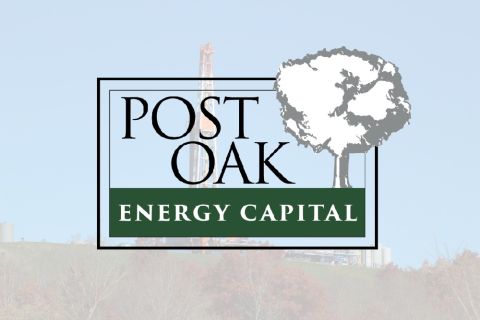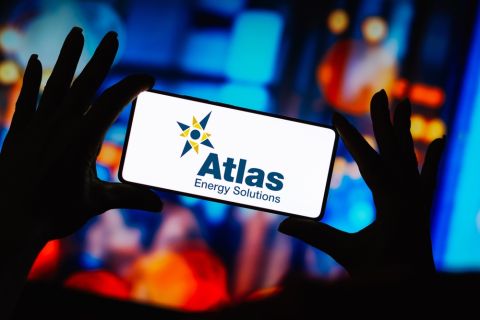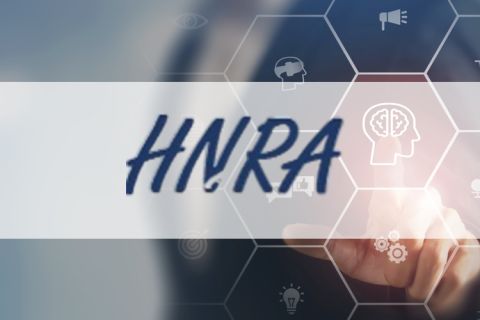By Radisav Vidic, University of Pittsburgh, Professor and Chairman of the Department of Civil and Environmental Engineering Killing two birds with one stone. It’s a concept that businesses, institutions, and individuals use on regular basis -– especially if they’re looking to save money or time. In particular, it’s an idea that could greatly benefit a growing energy industry in Pennsylvania: gas extraction from Marcellus Shale. Shale gas extraction uses millions of gallons of water every year. That water is then enriched in chemicals that are used to assist in the hydraulic fracturing or “fracing” process (e.g., friction reducers, scale inhibitors, biocides) or added through dissolution of the shale itself (e.g., salts, organics). That polluted water is trucked to and from various locations, using an exorbitant amount of gasoline and opening up the possibility of spillage on the roadways. Meanwhile, the state of Pennsylvania has a decades-old problem of abandoned coal mine drainage (AMD). Nineteen million dollars is spent annually on abandoned mine reclamation (according to the Department of Environmental Protection). That water is one of the biggest environmental problems for state rivers. The solution? Let’s see if we can use AMD that is widely available throughout the Marcellus region to solve and prevent pollution simultaneously. For several years, I’ve been studying how drillers could use mine drainage water for fracing. This method would keep toxic drainage away from water supplies and stop drillers from burning through gasoline and crushing roads while hauling water to well sites. Not only would it reduce the traffic and opportunities for spilling, but it would also help clean up some of the legacy issues left by the coal industry. On the upside, many companies are interested in the idea. However, most companies aren’t willing to take the risk. The problem is really the regulatory requirements and liability issues behind the switch. Companies are used to doing things a certain way and have been doing so forever. The companies often take the approach: if it works now, why fix it? Understandably so, change is never easy. However, with the resolution of technical and regulatory issues, the benefits this would bring would be immeasurable. Many of these mine waters can be used right now without any problems. Yes, there are technical issues that need to be resolved for some mine waters. But, those are solvable. Those issues are nothing compared to the trucking of water that’s happening in the industry. The goal is to make mine water usable with minimal treatment: the only way it could become a cheap, widely available source for the shale gas industry. It just makes sense to figure out how to do this logically and help get rid of – and prevent – pollution in Pennsylvania.
Recommended Reading
SandRidge Recasts Management with New Chairman, CFO
2024-10-03 - SandRidge Energy has appointed Vincent Intrieri as chairman to succeed Jonathan Frates, who will transition to the role of executive vice president and CFO.
Post Oak Backs Third E&P: Tiburon Captures Liquids-rich Utica Deal
2024-10-15 - Since September, Post Oak Energy Capital has backed new portfolio companies in the Permian Basin and Haynesville Shale and made an equity commitment to Utica Shale E&P Tiburon Oil & Gas Partners.
Atlas Energy Solutions Elects CEO John Turner to Board
2024-08-27 - In electing CEO John Turner to its board, Atlas Energy Solutions increased the size of its board of directors from eight to nine members.
HNR Acquisition to Rebrand as EON Resources Inc.
2024-08-29 - HNR’s name change to EON Resources Inc. and a new ticker symbol, “EONR,” will take effect when trading commences on Sept. 18.
ONEOK Replaces Three EnLink Board Directors Post Acquisition Close
2024-10-16 - Three Global Infrastructure Partner directors are being replaced on EnLink Midstream’s board of directors by members of ONEOK’s executive leadership team.





